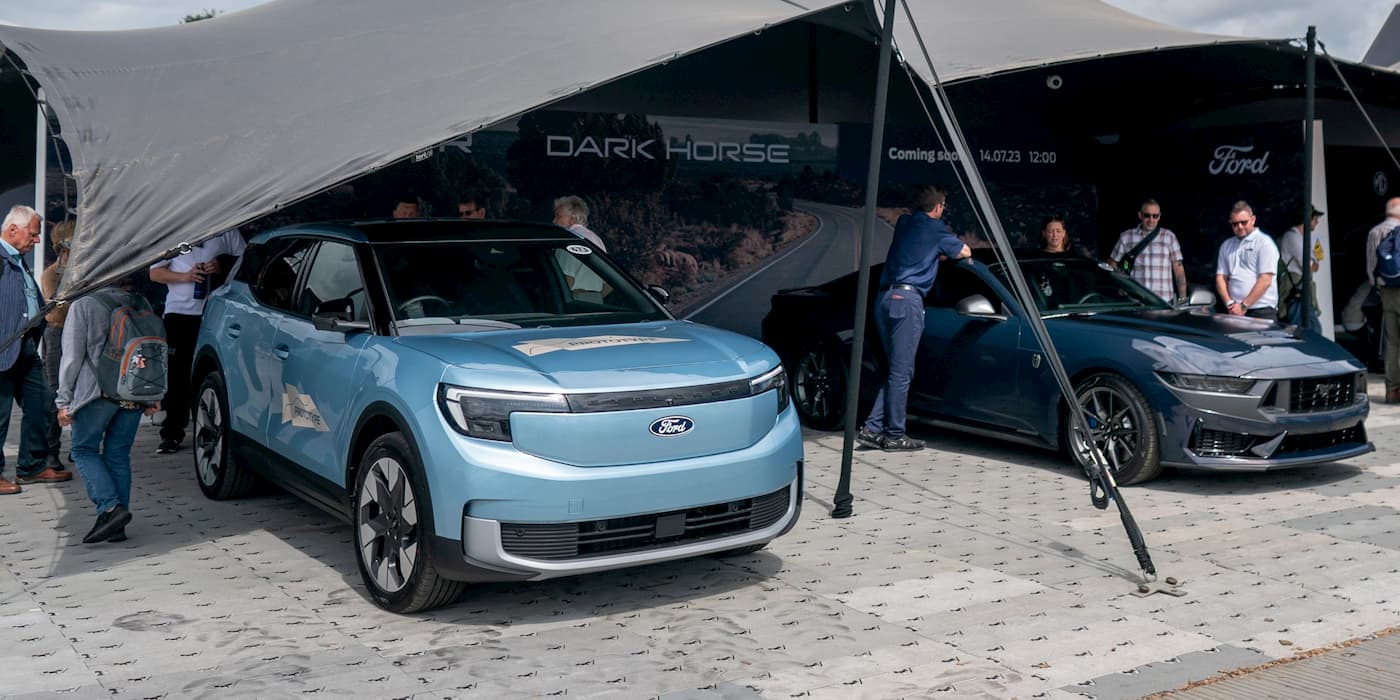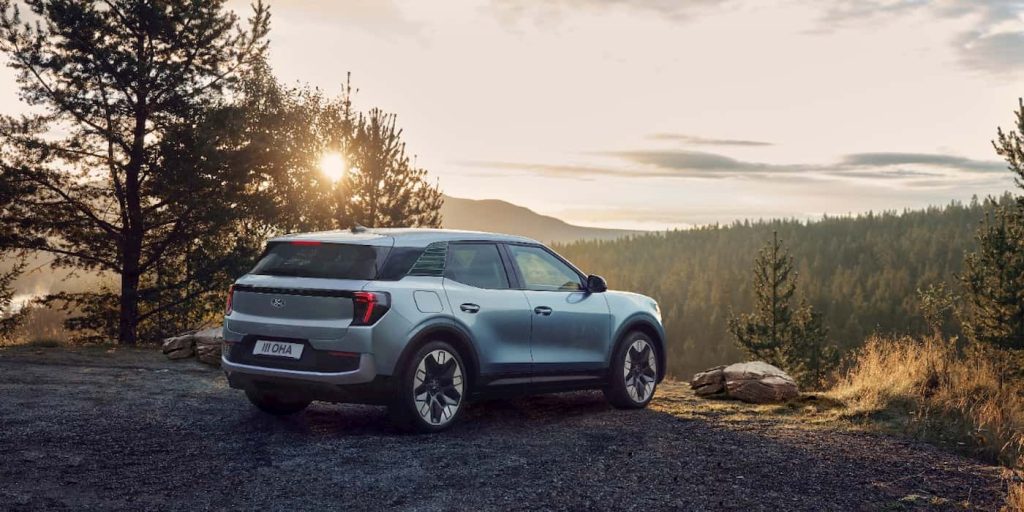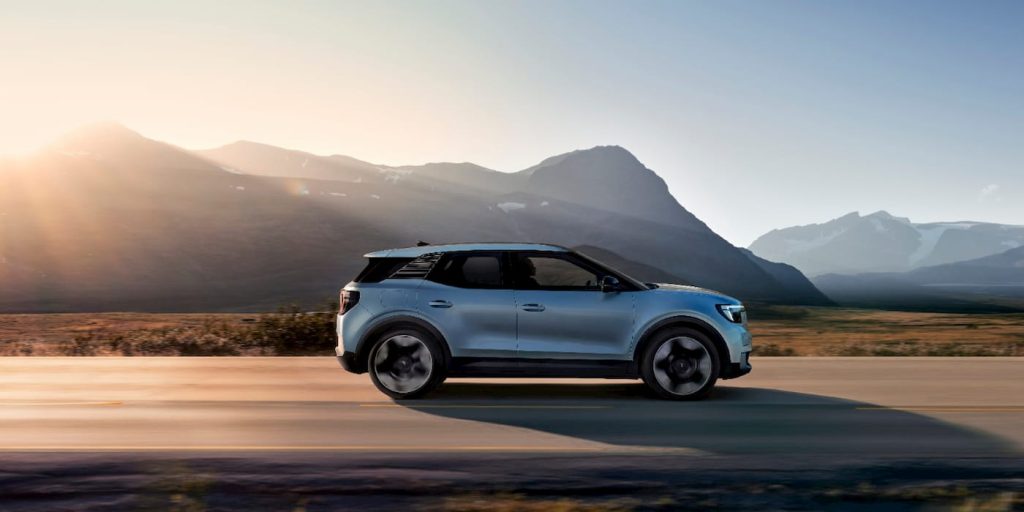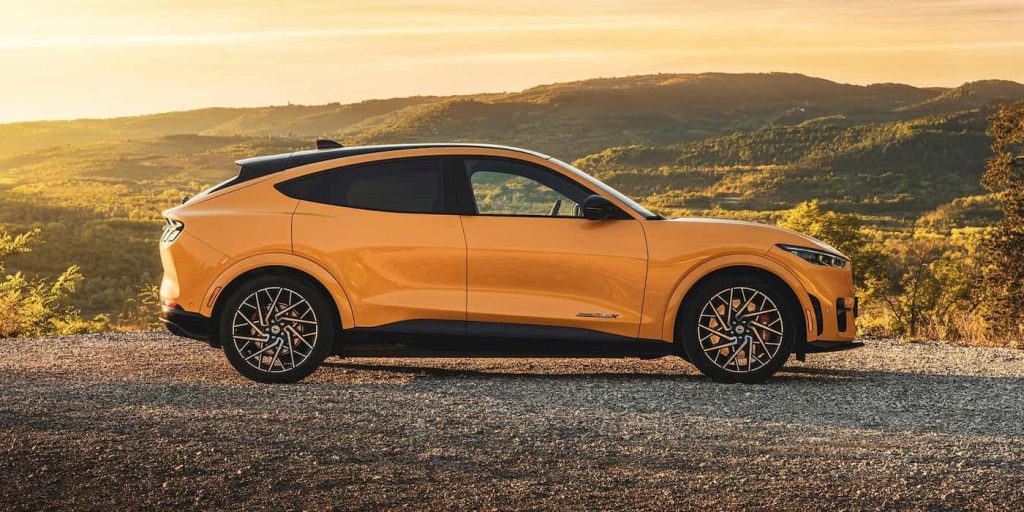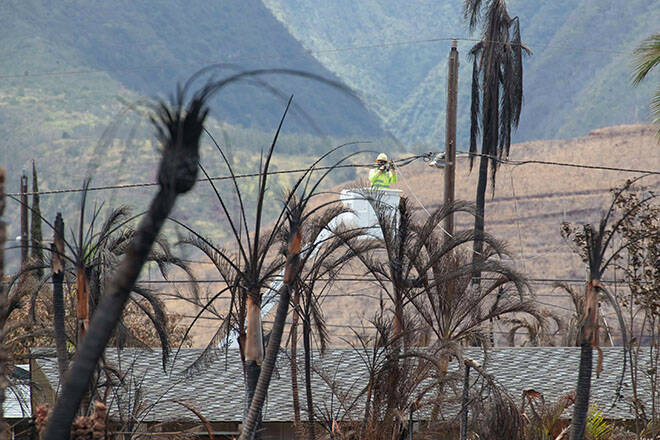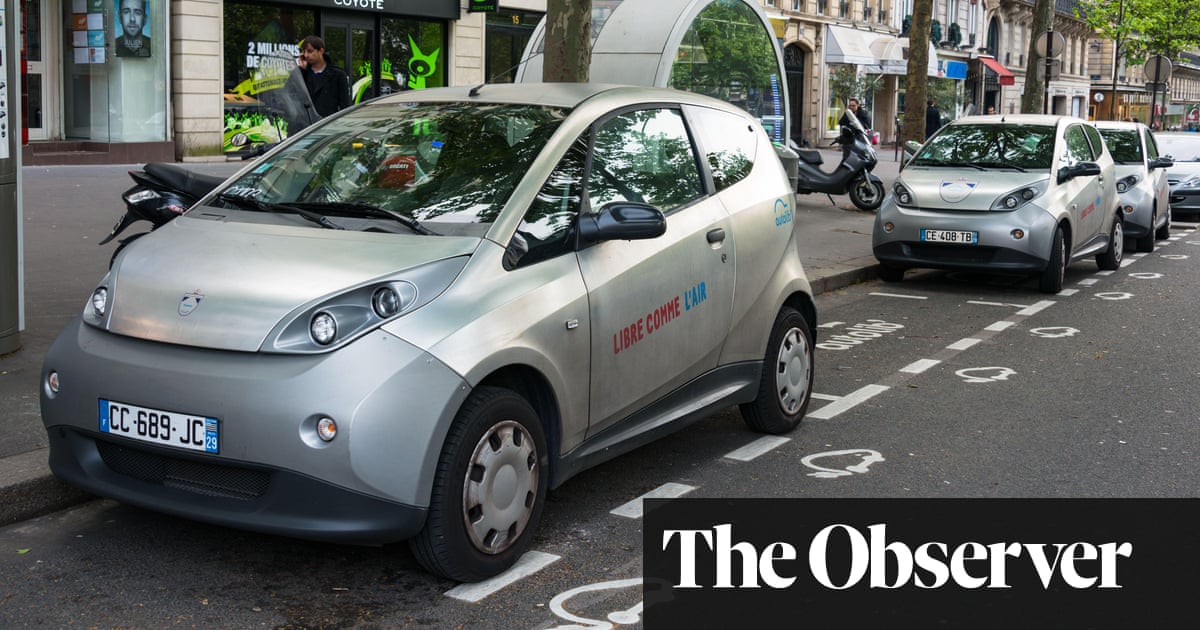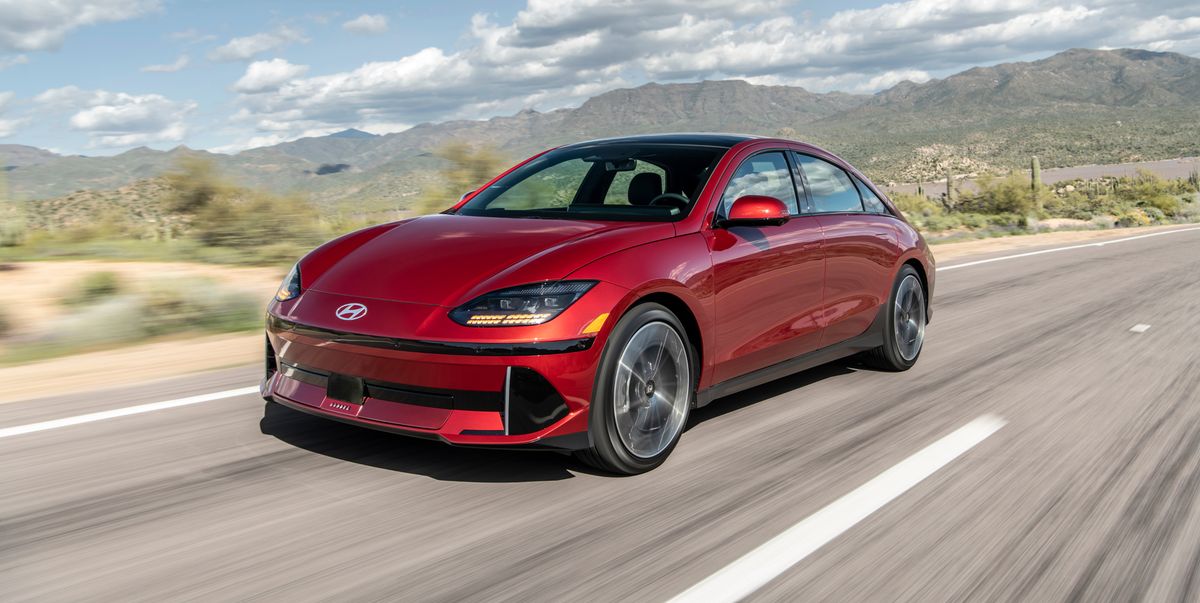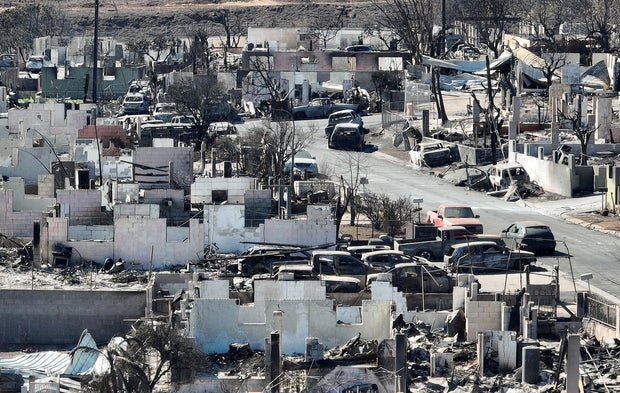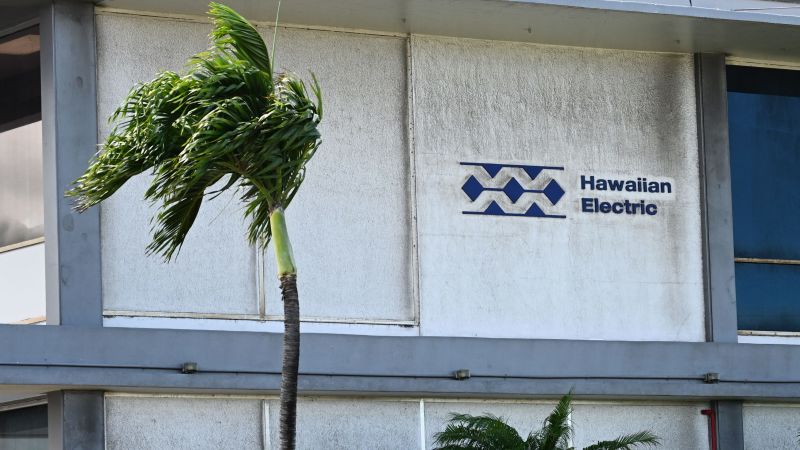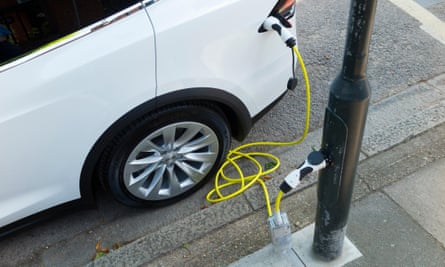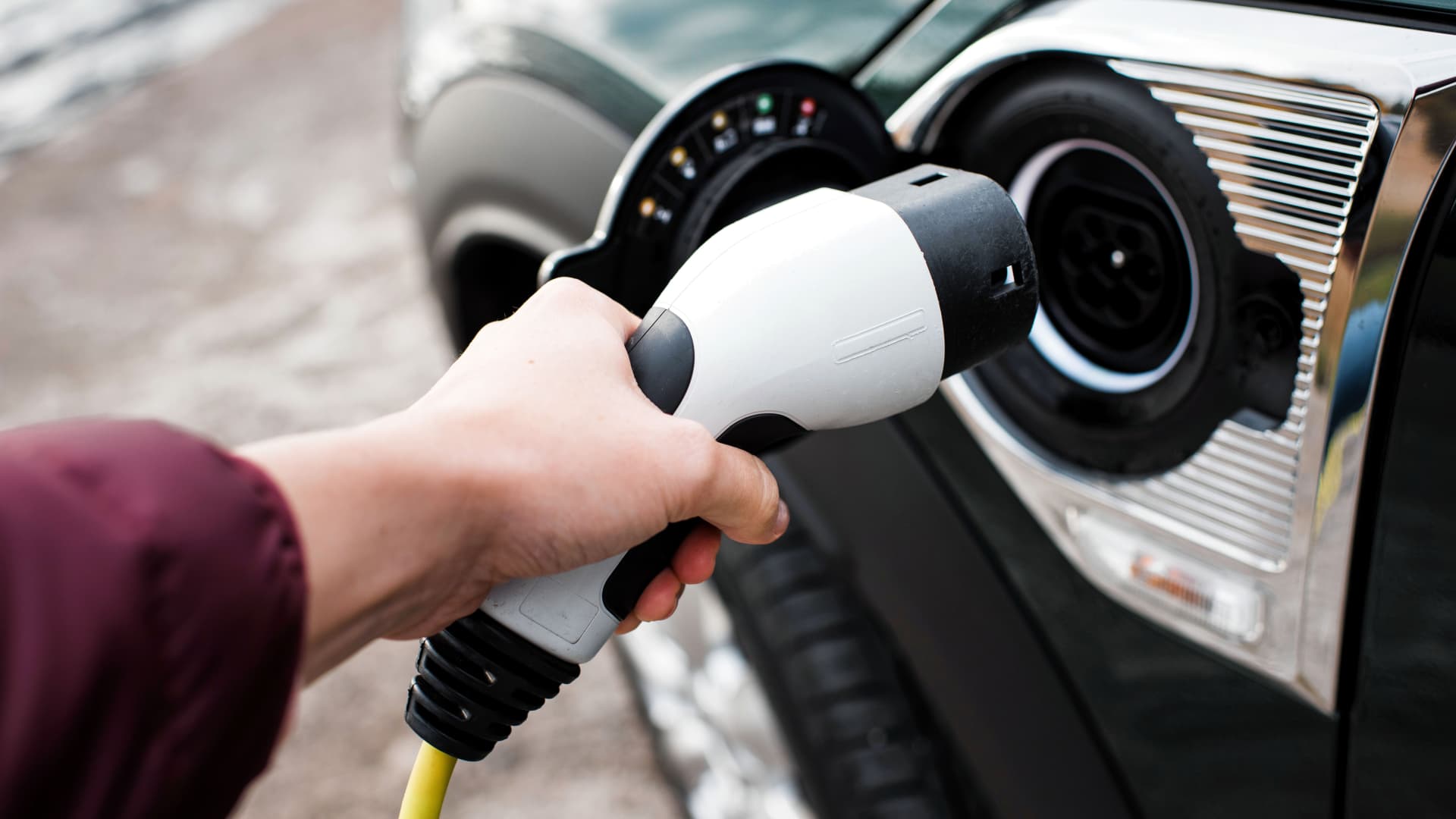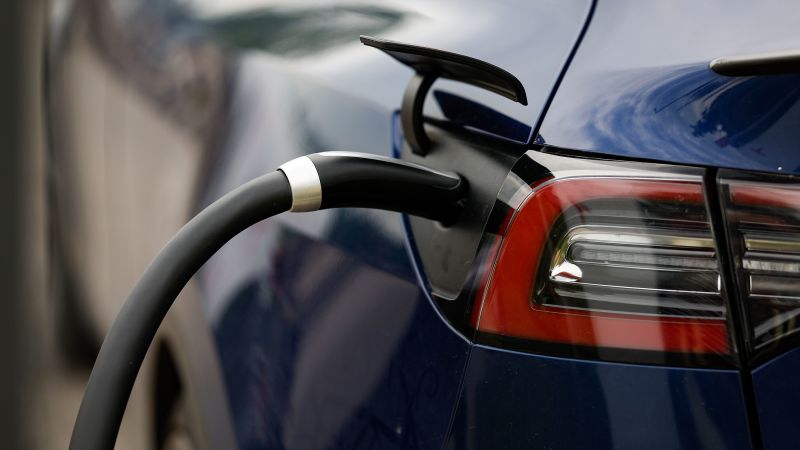mivo.indah.link
Hawaiian Electric acknowledged that its power lines apparently started an Aug. 8 morning fire in Lahaina but contends the town was leveled by a different fire that began in the afternoon, hours after the company’s equipment had been “de-energized.”
In a news release Sunday night, the company provided its first detailed account of the events of Aug. 8, while also disputing accusations in Maui County’s lawsuit filed Thursday that blamed the state’s major electrical utility for causing the deadliest U.S. wildfire in over a century.
Maui County has described the afternoon fire as a “flareup” of the earlier blaze, but Hawaiian Electric describes it as a separate fire that was not the company’s fault.
“We were surprised and disappointed that the County of Maui rushed to court even before completing its own investigation,” Shelee Kimura, president and CEO of Hawaiian Electric, said in the news release. “We believe the complaint is factually and legally irresponsible. … Unfortunately, the county’s lawsuit may leave us no choice in the legal system but to show its responsibility for what happened that day.”
The Lahaina fire killed at least 115 people, with hundreds more unaccounted for, destroyed over 2,200 buildings, mostly residences, and damaged another roughly 500 structures.
According to the company’s account: “Several important facts are clear about the events on Aug. 8:
>> “A fire at 6:30 a.m. (the “Morning Fire”) appears to have been caused by power lines that fell in high winds.
>> “The Maui County Fire Department responded to this fire, reported it was ‘100% contained,’ left the scene and later declared it had been ‘extinguished.’
>> “At about 3 p.m., a time when all of Hawaiian Electric’s power lines in West Maui had been de-energized for more than six hours, a second fire (the “Afternoon Fire”) began in the same area.
>> “The cause of the devastating Afternoon Fire has not been determined.”
The company says it has informed the Bureau of Alcohol, Tobacco, Firearms and Explosives, which is investigating the catastrophic fire’s origins, of the availability of records that “conclusively establish” that Hawaiian Electric power lines to Lahaina were not energized when the afternoon fire broke out.
Jim Kelly, a Hawaiian Electric vice president and spokesperson, declined to answer the Honolulu Star-Advertiser’s follow-up questions and said the company would not comment beyond the news release.
Those questions include exactly when and how the company’s power lines in West Maui became “de- energized”; when did the company discover that the downed lines were not live; and whether company representatives had contacted the Maui Emergency Management Agency or other county officials to let them know that downed lines were de-energized.
During the disaster and for days after, Hawaiian Electric repeatedly warned the public of the dangers of live downed power lines.
A company news release sent at 3:30 p.m. Aug. 8 said, “With the forecast of continued high winds, if you see a downed power line, assume it is energized and dangerous. Stay away from downed power lines — at least 30 feet or more (at least two car lengths).”
Hawaiian Electric’s account runs counter to Maui County’s lawsuit allegations that the utility is liable for damage from three Aug. 8 wildfires, including the Lahaina inferno.
Maui County contends that Hawaiian Electric acted negligently by not cutting electricity to the grid in response to a National Weather Service forecast for wind gusts up to 60 mph and a “red flag” warning of high fire risk due to dry brush conditions.
The county further alleges that fallen live power lines ignited the disaster they say was a flare-up.
“Had (Hawaiian Electric) heeded the NWS warnings and de-energized their power lines during the predicted high-wind gusts, this destruction could have been avoided,” the county’s complaint said.
The county’s lawsuit also alleges that the utility, which operates as Maui Electric Co. on the Valley Isle, failed to sufficiently maintain its equipment.
The lawsuit says “negligent” Hawaiian Electric operations caused fires in Lahaina, Kula and Olinda on Aug. 8, and seeks payment for damage to public property, lost revenue and expenses for emergency response and recovery.
But the besieged utility Sunday night defended itself with its account of the events of Aug. 8.
“The small Morning Fire, seen in videos taken by local residents, began more than eight hours earlier (than the afternoon fire). Those videos show that power lines had fallen to the ground in high winds near the intersection of Lahainaluna Road and Ho‘okahua Street at approximately 6:30 a.m. A small fire that can be seen by the downed lines spread into the field across the street from the Intermediate School,” the company said.
The company relates that the Maui Fire Department responded and declared the fire was “100% contained” at 9 a.m. And Hawaiian Electric notes that Maui Fire Chief Brad Ventura later described the fire as “extinguished” when firefighters left at 2 p.m. to fight other wildfires.
The New York Times reported last week that, in a statement Tuesday, Ventura changed the county’s description of the early fire’s status, now calling it “extinguished,” with no smoke or heat, and that crews left the scene at 2 p.m.
The company states that the power was off when Hawaiian Electric crew members called 911 shortly before 3 p.m. to report a small fire about 75 yards away from Lahainaluna Road in a field near the intermediate school.
“By the time the Maui County Fire Department arrived back on the scene, it was not able to contain the afternoon fire and it spread out of control toward Lahaina,” the company said in Sunday’s release.
“The records conclusively establish that Hawaiian Electric power lines to Lahaina were not energized when the Afternoon Fire broke out shortly before 3 p.m. on Aug. 8, in a field near Lahaina Intermediate School. Power had been out for more than six hours by that time. There was no electricity flowing through the wires in the area or anywhere else on the West Maui coast,” the company said.
Hawaiian Electric’s first public account of Aug. 8 comes as the utility is being inundated with lawsuits, all blaming the utility’s equipment for sparking the fires.
In addition to the Maui County filing, there have been at least 10 lawsuits, mostly on behalf of the families of people who died or who have lost property.
A class-action lawsuit representing investors in publicly held parent company Hawaiian Electric Industries Inc. was also filed last week.
The company’s stock has plummeted 74% from Aug. 7.
“Hawaii has thrived on the collective strength and unity of our community, and we need to embrace that spirit now more than ever. There are important lessons to be learned from this tragedy by all of us collectively, and we are resolved to figure out what we need to do to keep our communities safe as climate issues rapidly intensify here and around the globe,” Kimura said.
Lahaina Fires Update ReleaseFINAL082723 by Honolulu Star-Advertiser on Scribd
Adblock test (Why?)
"electric" - Google News
August 28, 2023 at 03:01PM
https://ift.tt/bEsnSZg
Power lines didn’t start deadly Lahaina inferno, Hawaiian Electric says - Honolulu Star-Advertiser
"electric" - Google News
https://ift.tt/zNlsbmu
https://ift.tt/tMFRPZp
